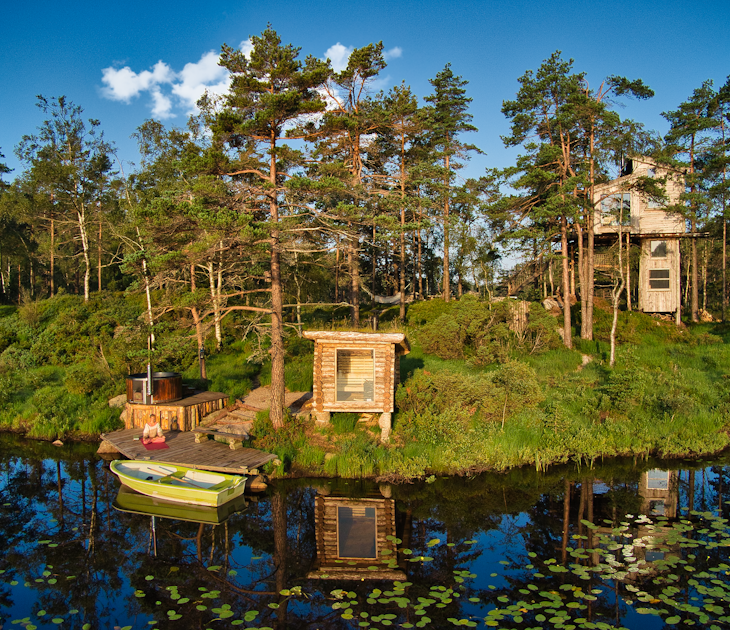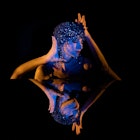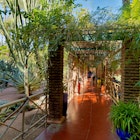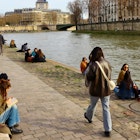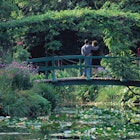Rich with culture, cuisine, ancient architecture and glorious countryside, France is one of the world’s most rewarding places to travel.
Every corner of this picturesque country has its own unique character and charm that will influence where you ultimately decide to go and how to allocate your time. Piece together the jigsaw with our introduction to France’s best regions to visit.

Stroll the monument-lined streets and magnificent gardens of Paris
The French capital is likely to be one of your most unforgettable memories of France. Defined by icons like the Eiffel Tower glittering by night, Arc de Triomphe straddling the Champs-Élysées and Sacré-Cœur crowning hilltop Montmartre, Paris is crammed with megastar museums like the Louvre and impressionist-filled Musée d’Orsay; the mansion-housed Musée Carnavalet brings the city’s history to life.
Paris’ boulevards and backstreets are made for flânerie (walking without any particular destination), with cafe terraces, cocktail bars, jazz clubs and cinemas, specialized boutiques, street art and innovative cultural spaces at every turn. Parisian parks like the chestnut-shaded Jardin du Luxembourg provide peaceful oases.
In the surrounding Île-de-France region, spectacular châteaux (Versailles, Fontainebleau and Chantilly, among others) and family favorite Disneyland Paris are an easy day trip away.
Delve into the sparkling cities and vineyards of Champagne
The world’s finest fizz is produced in the beautiful region of Champagne, east of Paris, with prestigious Champagne houses offering cellar tours and tastings, dedicated museums and Champagne routes through its vineyards and villages.
At the heart of Champagne’s viticultural activity is graceful Épernay. The region’s largest city, Reims, is topped by the sublime Gothic Cathédrale Notre Dame and is renowned for fine dining. A medieval treasure of a town, Troyes has a magical half-timbered center. Renoir took artistic inspiration from the vineyards around pretty Essoyes.
Fall under the spell of enchanting Alsace and Lorraine
East of Champagne, Lorraine is famously associated with its namesake quiche – a must-try while you’re here. Beyond the WWI battlefields of Verdun, fascinating cities include Metz, showcasing modern and contemporary art at the striking Centre-Pompidou-Metz; and refined Nancy.
East again, Alsace runs along the German border to Switzerland in the south. This fairy-tale region of mountains, forests and chocolate-box-pretty half-timbered buildings trailing geraniums in summer retains its Germanic influence in its hearty food such as choucroute garnie (sauerkraut with charcuterie) and white wines, best sampled along the Alsace Wine Route. Medieval architecture is splendidly preserved in the cities of Strasbourg and Colmar.
See battlefields, beaches and beautiful cities in Northern France
North of Paris is Hauts-de-France (Upper France). Its chalk-cliff-framed Côte d'Opale, beaches and wildlife-rich Baie de Somme estuaries are well worth exploration, along with the Somme’s sobering WWI memorials.
On the Belgian border, industrial-center-turned-design-hub Lille is the biggest city with outstanding museums (one is even set in an art-deco swimming pool) and a strong Flemish influence in its historic center, as well as its beer, which is used in local dishes like a Welsh (cheese melted in beer smothering ham-topped toast). Smaller cities such as Arras and Amiens have Gothic treasures, while Napoléon III's Second Empire reigns in Compiègne.

Soak up centuries of history in Normandy
Northwest of Paris, Normandy is steeped in history: the Bayeux Tapestry that weaves together the story of William the Conqueror's 1066 invasion of England; the offshore abbey-island of Mont St-Michel, which was fortified during the Middle Ages; the medieval city of Rouen; Monet’s former home and flower-filled gardens in Giverny; and haunting D-Day beaches near Caen, with its imposing 11th-century castle.
Normandy’s coastline gifts the region with seafood (idyllically savored in boat-filled Honfleur) while inland, lush pastures produce butter, cream and cheese – including in the village of Camembert – and orchards producing Calvados apple brandy and corked bottles of cider.
Connect with Celtic culture in Brittany
To the west of Normandy, Brittany breaks away to the Atlantic. Its earliest neolithic tribes left what’s now the world’s greatest concentration of megalithic standing stones around Carnac, followed by the Celts.
Celtic influence endures in the Breton language, music and identity. Brittany retains the sense of a mystical land, from Josselin’s turreted castle in the forest to the lively capital Rennes. Around the lighthouse-dotted coastline from the walled port town of St-Malo, in far-flung Finistère, and out on islands like Belle Île scattered offshore, the seafood is superb (especially petit bleu Breton lobsters and oysters from Cancale). But the region is best known for savory galettes and sweet crêpes with salted-butter caramel, accompanied by local Breton cider.
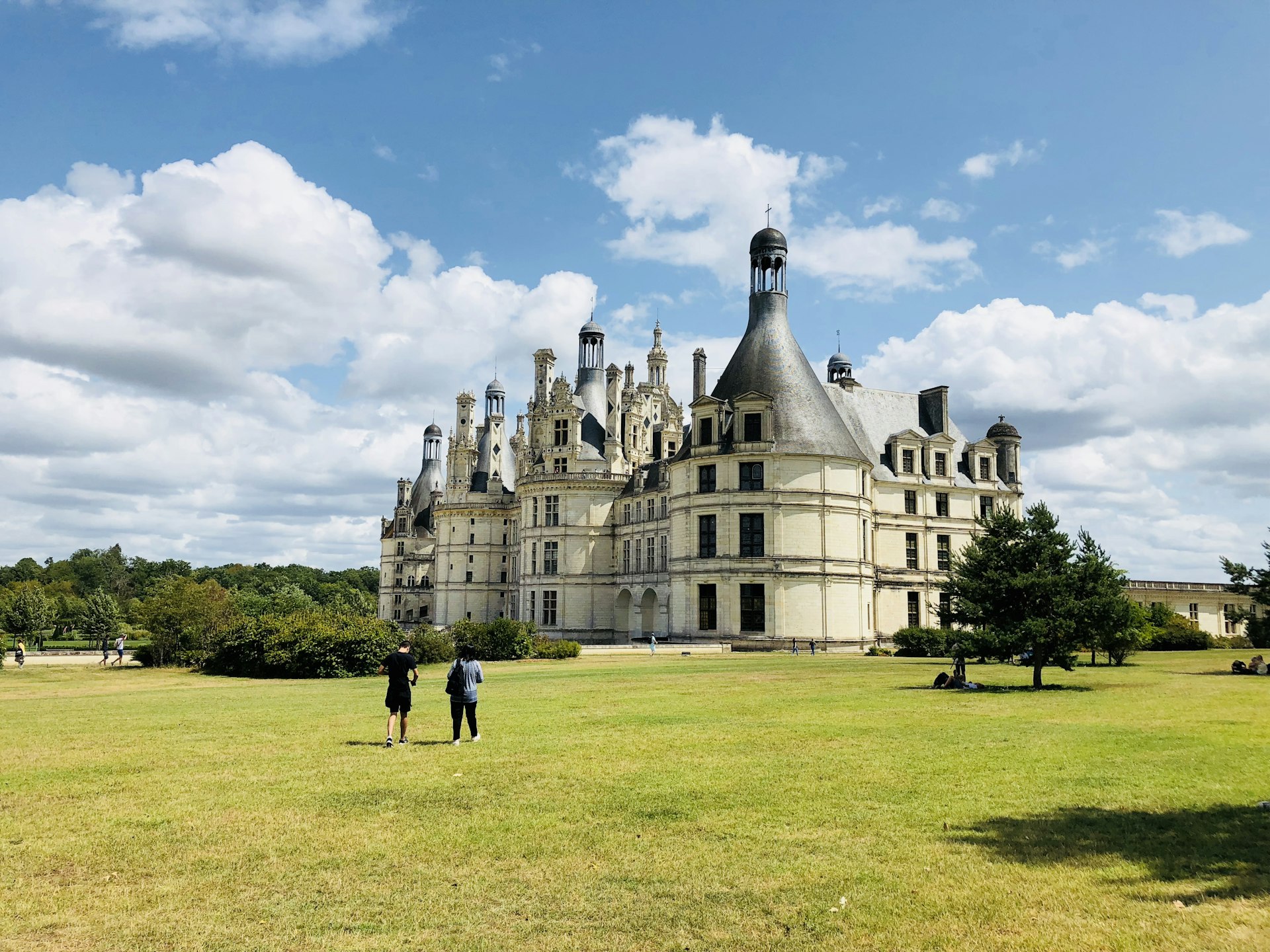
Marvel at the majestic châteaux of the Loire Valley
France’s longest river winds through the fertile Loire Valley southwest of Paris, where royalty and aristocracy built defensive castles and palaces so grand that the entire area is now a Unesco World Heritage site.
From Orléans (saved by Joan of Arc in 1429), the Loire meanders west, with resplendent châteaux including Chambord, regal Royal de Blois, drawbridge-accessed Chaumont-sur-Loire, Italian Rennaissance–style Gaillard and, astride an arched bridge, Chenonceau. Past the university town of Tours, châteaux include stately gardens at Villandry, moated Azay-le-Rideau, equestrian-famed Saumur and medieval Angers. Valley vineyards produce exquisite wines (especially whites) paired with sophisticated cuisine.
Further west, the river reaches the Atlantic near Nantes, the former capital of Brittany (with legacies including the Château des Ducs de Bretagne and crêperies galore), which is now one of France’s most creative cities.
Savor the flavors and famous abbeys of Burgundy
To Paris’ southeast, Burgundy is a patchwork of stone-walled vineyards, medieval towns and villages, and extraordinary ecclesiastical sights, including Cluny, Christendom’s one-time grandest abbey, former Roman stronghold Autun’s colossal medieval cathedral, early 12th-century Abbaye de Fontenay and Vézelay’s hilltop basilica.
In Burgundy’s atmospheric capital of Dijon, the Duke of Burgundy’s palace now houses a fine-arts museum, while the Cité Internationale de la Gastronomie et du Vin (International City of Gastronomy and Wine) schools visitors in the region’s culinary specialties (such as sharp mustard, garlicky snails and red-wine-rich bœuf bourguignon) and its revered wines. In Grand Cru country, Beaune has a subterranean maze of wine cellars and medieval architectural gems with multicolored glazed roof tiles.

Ascend the peaks of the French Alps and Jura Mountains
East of Burgundy, the sub-alpine Jura Mountains along the Swiss border formed during the Jurassic period (hence their name). The terrain is ripe for mountain cheeses and wine (including distinctive, golden-hued vin jaune). Urban cultural centers include citadel-guarded Besançon.
Traveling south of Lake Geneva, the higher, mightier French Alps reach their apex at Mont Blanc. Exhilarating Chamonix, along with Val d'Isère and the world’s largest ski area, Les 3 Vallées, are magnets for snowy winter sports and high-altitude summer hiking, fortified by melted cheese dishes like bubbling fondue.
Sample epicurean treats and outdoor pursuits in the Rhône Valley
Directly south of Burgundy, France’s third-largest city, Lyon, sits at the confluence of the rivers Saône and Rhône. Grand squares, outstanding museums and long-standing traditions, including convivial bouchons (bistros serving rustic Lyonnaise cuisine), entice visitors to stay longer than planned.
Renowned vineyards ribbon across the valley as the Rhône flows south. En route, Gallo-Roman ruins in Vienne include a Corinthian-columned temple. Canoeing is the best way to see the dramatic scenery and natural stone bridge of the Gorges de l'Ardèche.
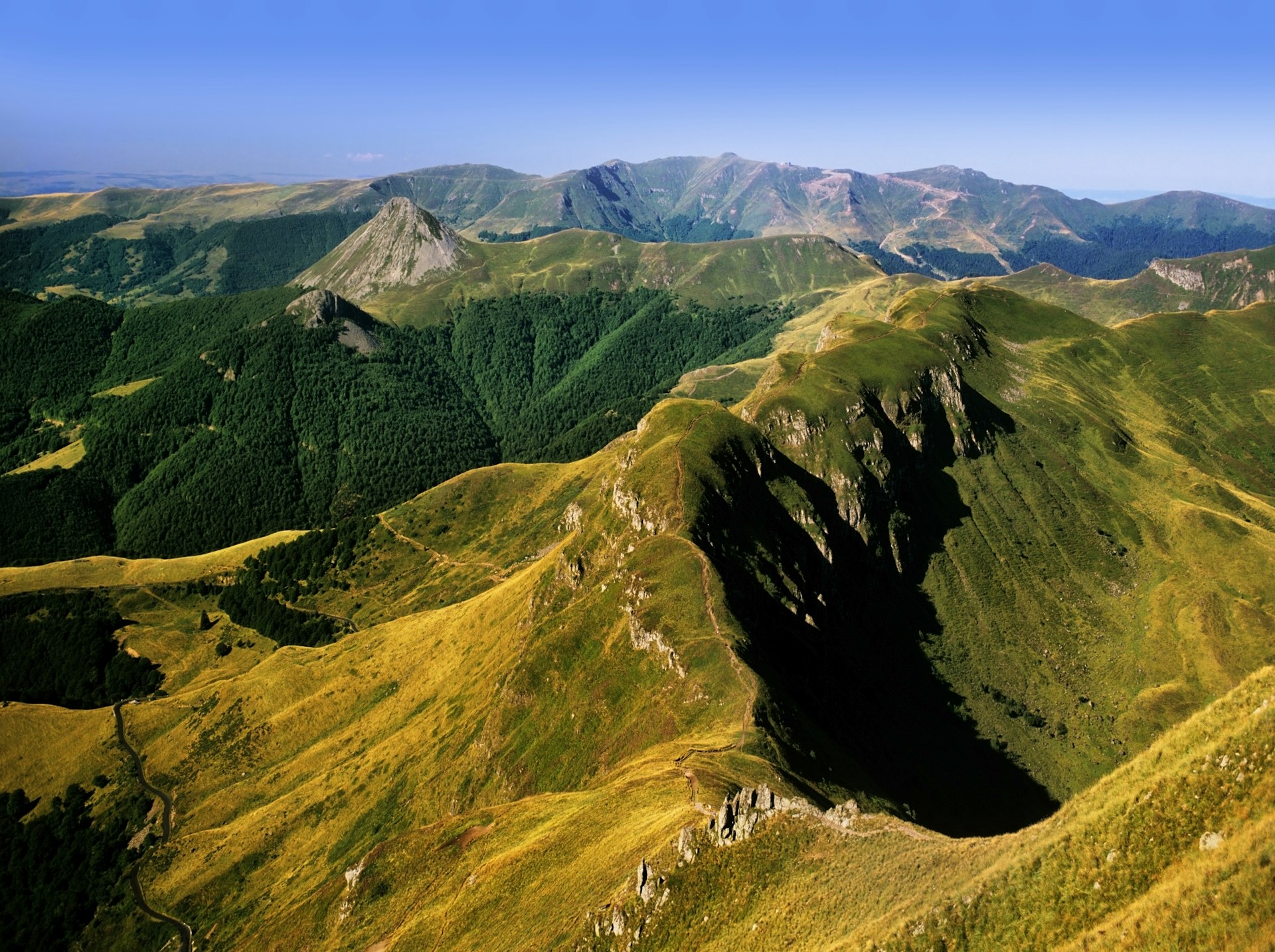
Rejuvenate in the volcanic landscapes and spas of the Auvergne
In central France, west of the Rhône is the Auvergne. Nature’s heavy machinery is still apparent in the volcanic cinder cones of the Parc Naturel Régional des Volcans d'Auvergne, and lava pinnacles topped by a 10th-century church in pilgrimage town Le Puy-en-Velay.
Black lava stone is used in the construction of buildings, including the mighty cathedral in the largest city, Clermont-Ferrand, the hometown of tire and travel giant Michelin (with an interesting museum). Natural springs include those in Belle Époque spa town Vichy. Auvergne specialties, including Le Puy lentils and some outstanding cheeses, sustain hiking in one of France’s least-explored regions.
Discover the different facets of southwestern France
France’s southwest spans a vast corner of the country. Along the Atlantic Coast, it stretches south of Nantes past the sunny island Île de Ré and historic port La Rochelle to the red-wine country around Bordeaux and surfing mecca Biarritz in the French Basque Country, where pintxos (bite-sized Basque tapas) are the order of the day.
Inland are the river-threaded regions of Limousin, with its porcelain-famed city of Limoges. Visit the Dordogne (aka Périgord), where Vézère Valley caverns shelter rock art, truffles hide beneath the forest canopy, and markets such as those in medieval Sarlat-la-Canéda sell local specialties including geese, pâtés, walnuts, wine and cheeses. The Lot flows past charming villages and the lovely town of Cahors. Southwards, the city of Toulouse, with its rose-tinged buildings and energetic student population, is France’s fourth largest. To Toulouse’s south, the Pyrenees climb to the Spanish border.
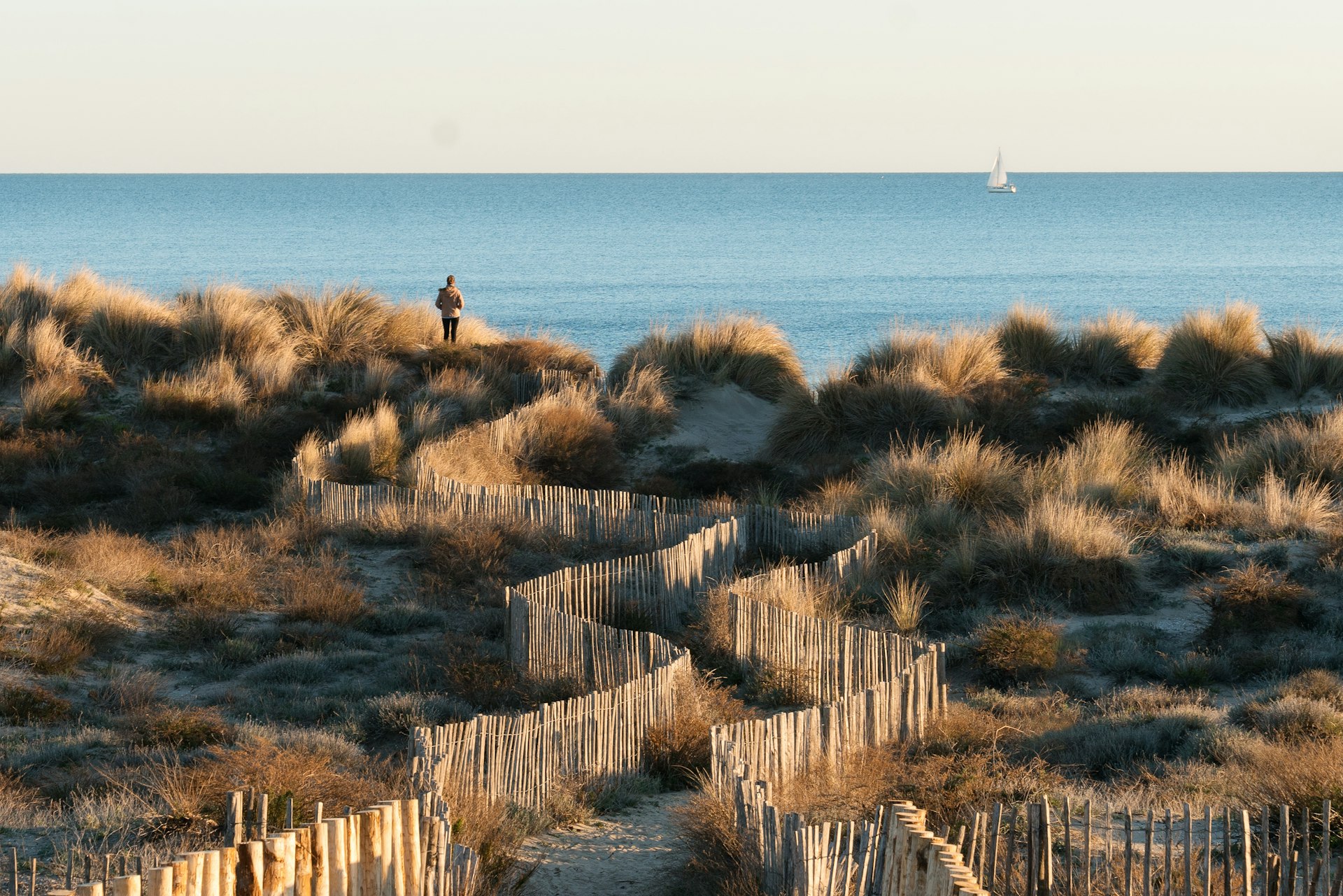
Explore Roman ruins and sandy beaches in Languedoc-Roussillon
The southern region of Roussillon is also known as French Catalonia and isn’t far from the border crossing into Spain, especially around Mediterranean resort towns like Collioure. Perpignan is the main city here.
Inland in the Languedoc are the wild, highland areas of Grands Causses and Cévennes; walled Carcassonne with its witches-hat turrets and restaurants serving its local twist on white-bean and meat stew cassoulet. The engineering marvel Canal du Midi runs 150 miles (240km) from Toulouse to the Étang de Thau lagoon, adjacent to the Languedoc fishing port of Sète.
Around the coast is appealing Montpellier’s historic core and broad beaches. Roman Nîmes has an incredibly well-preserved amphitheater and handy access to the enormous aqueduct, Pont du Gard.
Traverse the romantic landscapes of Provence
Provence’s honey-hued stone villages tumble down hillsides to lavender-striped plateaus. Olive groves and rosé-producing vineyards, open-air markets bursting with freshly picked tomatoes, melons, cherries and other seasonal produce, and translucent turquoise coves along the rocky Mediterranean coast are the stuff of postcards.
Along with rural charms, Provence has well-heeled cities and towns like walled Avignon, with its famous bridge, arts festival and papal history; the splashing fountains and tree canopies of elegant Aix-en-Provence; and Arles, famously painted by Van Gogh. By contrast, Provence’s biggest city (and France’s second largest), Marseille, is a fascinating multicultural metropolis set around its ancient Vieux Port (old port) with fantastic museums and restaurants specializing in its famous fish stew, bouillabaisse.
Find beachside bliss on the French Riviera
Southeast of Provence, the French Riviera is known in France as the Côte d'Azur for the azure-blue color of the Mediterranean glittering in the bright sun.
Glamorous beach resorts are strung along the coastline like pearls, among them the quaint former fishing village and sizzling-hot clubs of St-Tropez, film-festival-famed Cannes, Picasso’s one-time residence Antibes, the colorful seaside city of Nice with its sweeping promenade and sun-lounger-lined pebbled beach, sweet little harbor Villefranche-sur-Mer, and – past the principality of Monaco, with its Formula 1 Grand Prix and high-rolling Monte Carlo casino – old-world Menton by the Italian border. High up in the hinterland, Grasse grows fragrant flowers for French perfumeries.
Set sail for Corsica
Wild, rugged and mountainous, the Mediterranean island of Corsica is an outdoor paradise laced with epic hiking trails. Linked to the French mainland by ferries (and flights), it has been part of France for over two centuries but retains a strong independence in its language, culture and cuisine that includes bread made from ground-down chestnut flour, charcuterie (such as seasonal chestnut-wood-smoked pork liver sausage and wild-boar pâté) and distinctive cheeses (many made from the milk of goats, which roam the island’s steep hillsides).
Around Corsica’s coastline, striking sights stretch from the winding roads of Cap Corse peninsula in the north to Les Calanques de Piana’s fiery red rock formations, Napoléon Bonaparte’s sophisticated home town of Ajaccio and, at the island’s southern tip, fortified Bonifacio’s breathtaking white limestone cliffs plunging into the sea.

